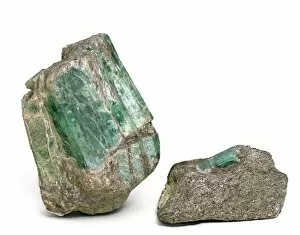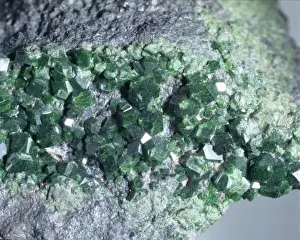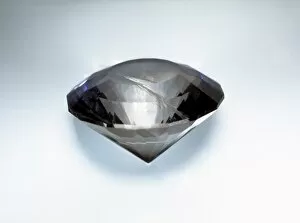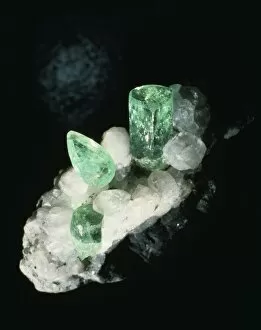Cyclosilicate Collection
"Cyclosilicate: A Fascinating World of Gemstones and Minerals" Step into the mesmerizing world of cyclosilicates, where nature's artistic prowess is on full display
All Professionally Made to Order for Quick Shipping
"Cyclosilicate: A Fascinating World of Gemstones and Minerals" Step into the mesmerizing world of cyclosilicates, where nature's artistic prowess is on full display. From the deep blue hues of Benitoite to the vibrant green shades of Beryl, these gemstones captivate with their stunning colors and unique structures. Picture No. 11091688 unveils a breathtaking Verdite head, showcasing the intricate patterns formed by cyclosilicates. As you delve deeper into this realm, Topaz C016 / 6141 enthralls with its golden radiance while Morganite C016 / 6142 exudes a delicate pink allure. Axinite C016 / 6082 reveals an enchanting blend of brown and purple tones, reminiscent of earthy landscapes. Meanwhile, Tourmaline specimen C016 / 5991 dazzles with its rainbow-like spectrum that never fails to amaze. Watermelon tourmaline C016 / 6140 steals the show with its captivating fusion of green and pink hues - a true natural wonder. Axinite C016 / 6090 boasts a rich brown coloration that adds warmth to any collection. Amongst this treasure trove lies Banded gneiss C016 / 6208 - an exquisite rock formation displaying alternating layers in various shades and textures; truly a testament to Earth's geological wonders. Intriguingly beautiful and diverse in form, cyclosilicates offer endless possibilities for both collectors and admirers alike. Whether it be their striking colors or intricate patterns, these gems never fail to leave us in awe at nature's remarkable creations.
















































